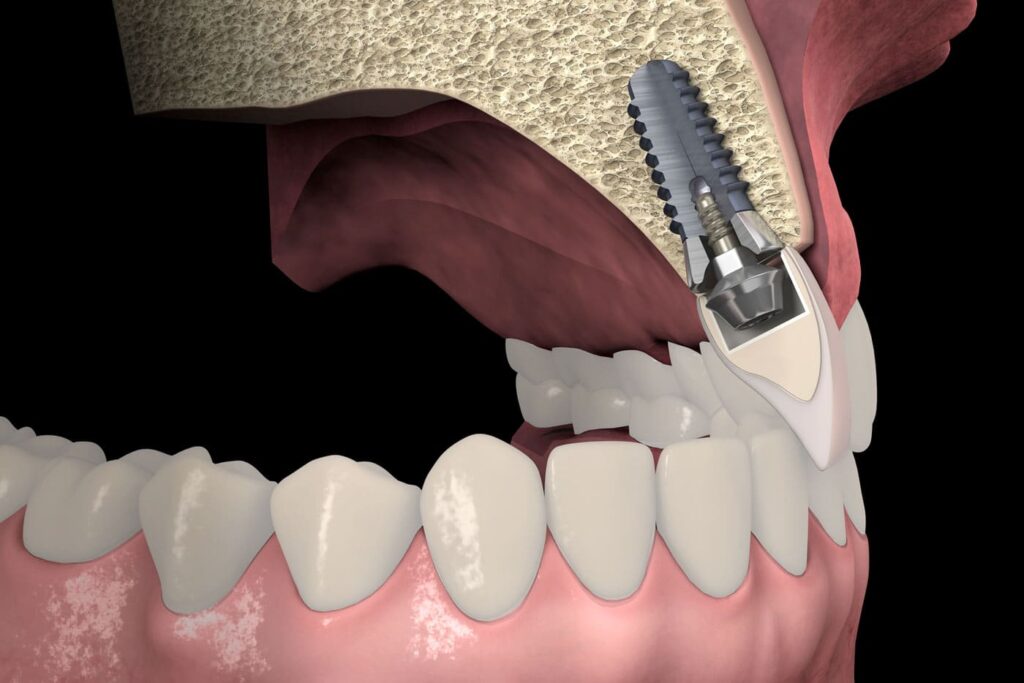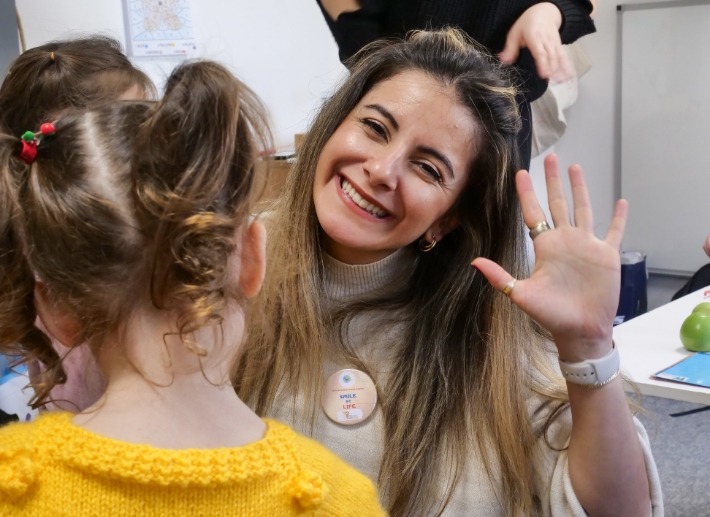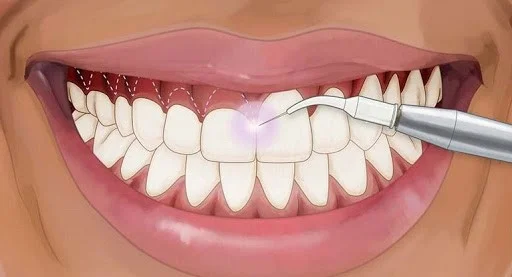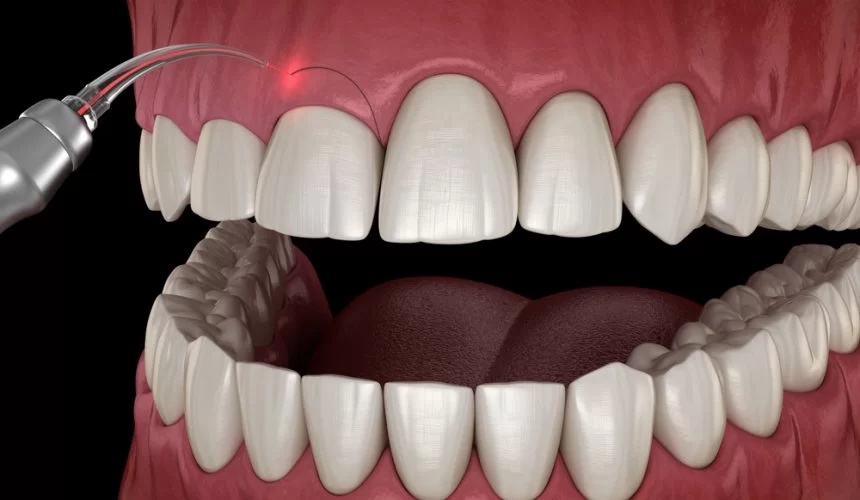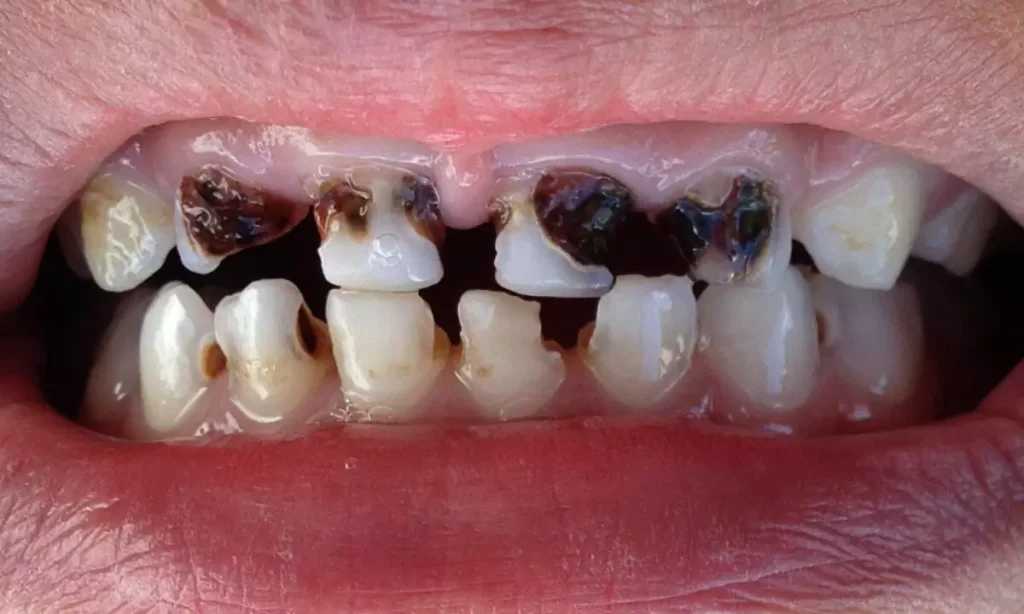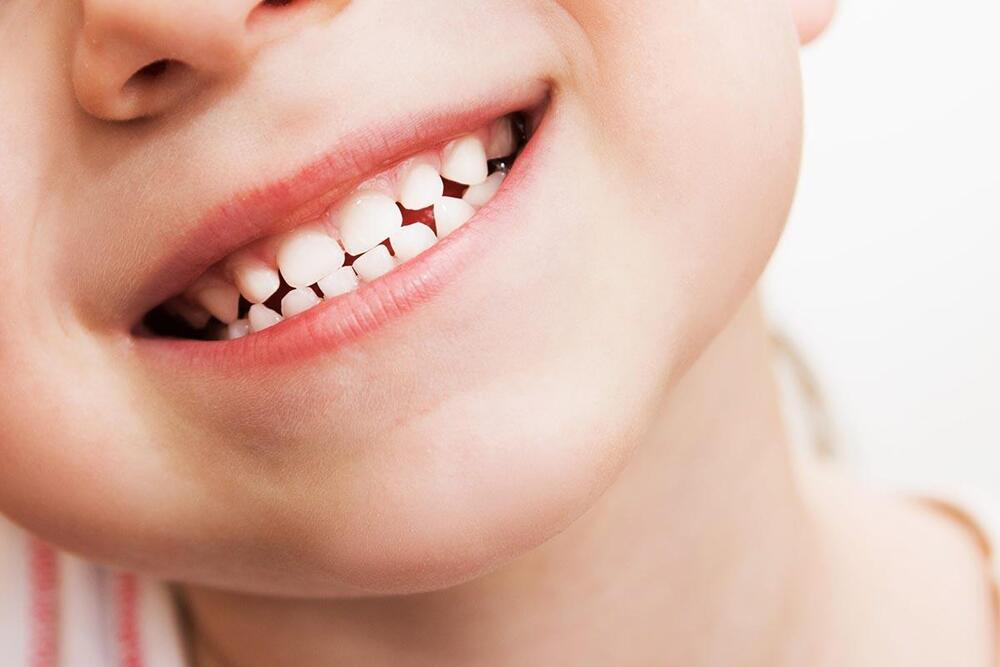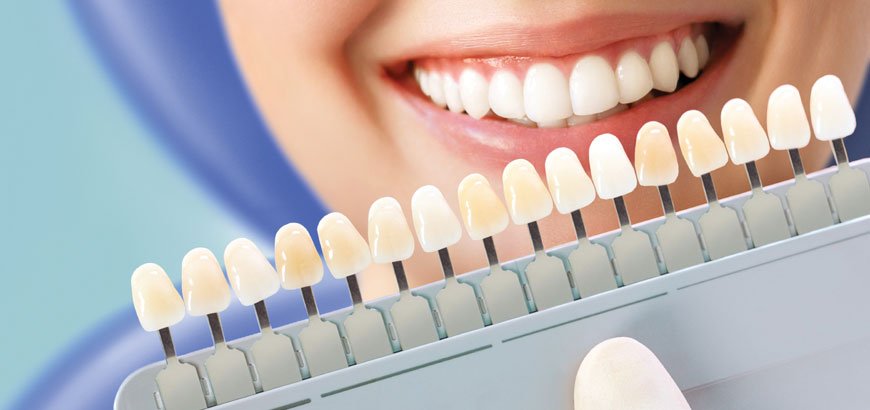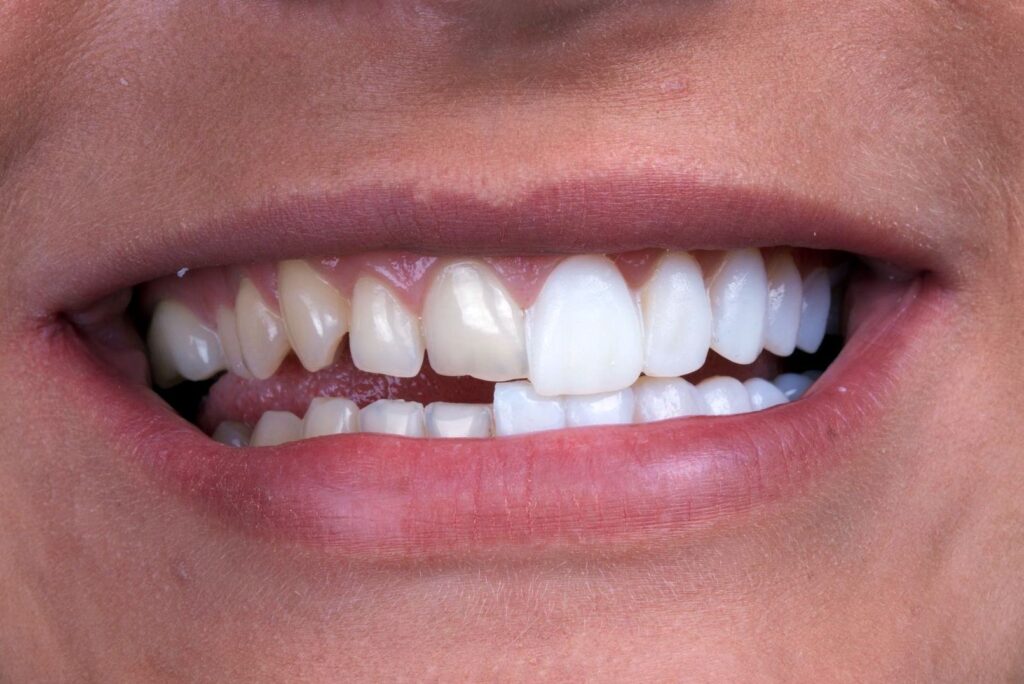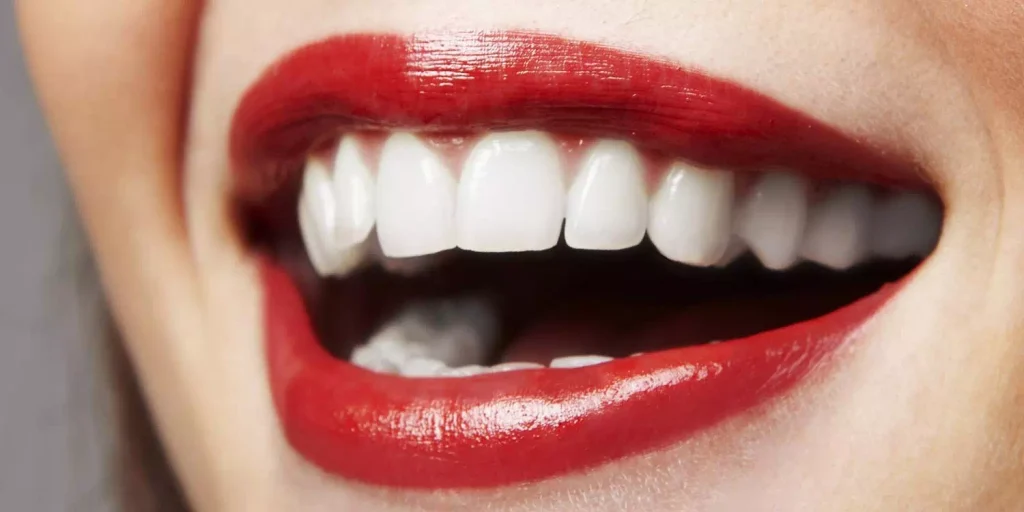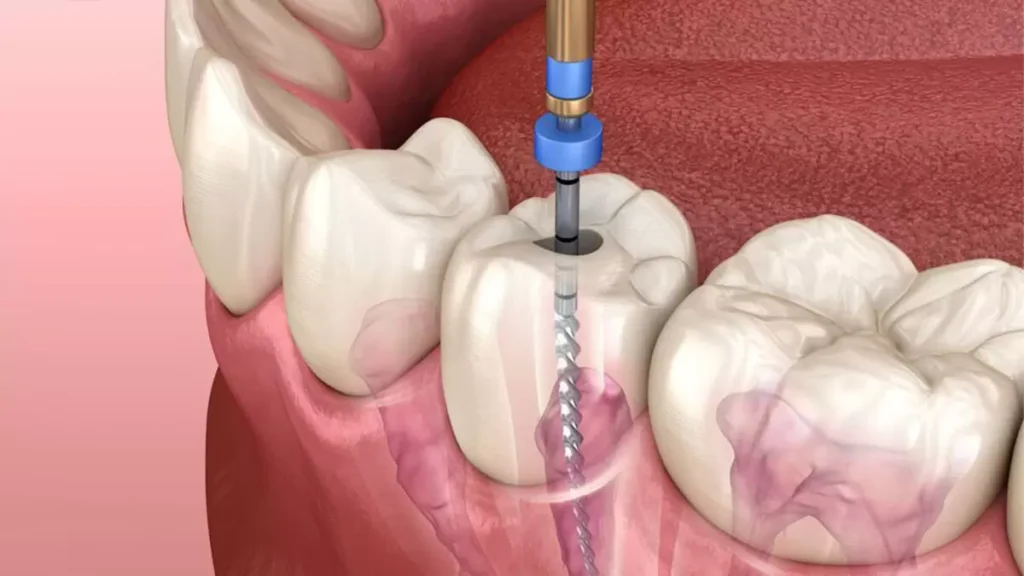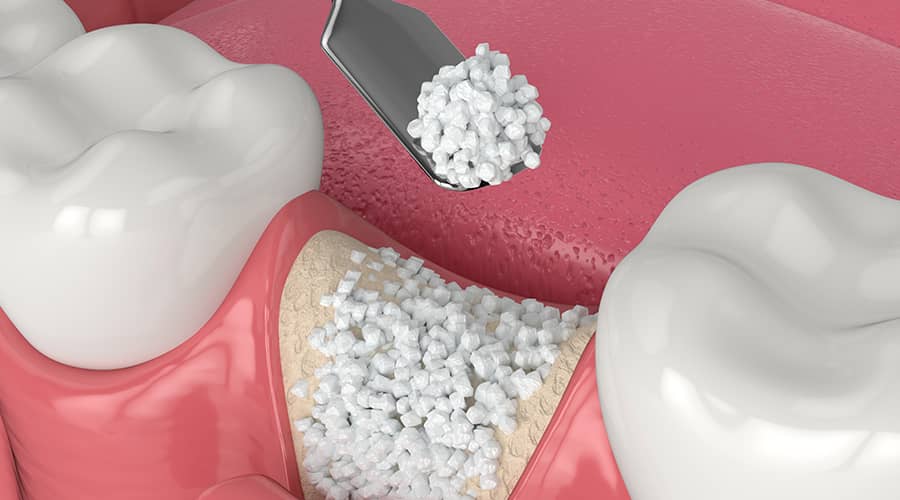Bone grafting is a crucial procedure in dentistry, often performed to enhance or rebuild the bone structure before dental implant placement. Among the various techniques available, autogenous grafting and the Khoury technique stand out as highly effective methods. But how are these two techniques related, and in which cases are they applied? Let’s explore these questions in detail.
What is Autogenous Grafting?
Autogenous grafting involves transplanting bone tissue from the patient’s own body to areas with insufficient bone. Considered the “gold standard” in bone grafting, this method ensures high biological compatibility and a successful healing process. Bone tissue for autogenous grafting is typically harvested from the jaw, hip, or tibia (shin bone).
This technique is particularly beneficial for treating extensive bone deficiencies. However, it requires a second surgical site for bone harvesting, which can lead to a longer recovery period.
What is the Khoury Technique?
The Khoury technique, developed by Prof. Dr. Fouad Khoury, is an advanced bone grafting method designed for patients with severe bone loss. This technique reconstructs the jawbone using thin bone plates harvested from the patient’s own jawbone, usually from the posterior lower jaw. These plates form a “box” in the deficient area, which is then filled with bone particles from the patient’s own body, promoting new bone growth over time.
Advantages of the Khoury Technique:
✅ Biocompatibility & Safety: Since the patient’s own bone is used, the risk of rejection is minimized.
✅ Long-Lasting Results: The high-quality bone structure improves implant success.
✅ Natural Jaw Contour: The technique preserves both aesthetic and functional integrity.
The Khoury technique is especially beneficial for patients with advanced bone loss where standard grafting methods may not provide sufficient volume.
The Connection Between Autogenous Grafting and the Khoury Technique
Autogenous grafting and the Khoury technique are complementary approaches in bone grafting and implant dentistry. While autogenous grafting provides a reliable solution for bone deficiencies, the Khoury technique enhances the procedure by offering a more structured and stable bone reconstruction.
Both methods are widely used to improve implant success rates, with the choice of technique depending on the patient’s specific clinical needs and the expertise of the dentist.
Conclusion
Autogenous grafting and the Khoury technique play a vital role in modern dental bone grafting and implant procedures. By utilizing the patient’s own bone tissue, these techniques ensure optimal healing and long-term success. Consulting with a specialized dentist is essential to determine the most suitable treatment approach for each patient’s condition.
This article is for informational purposes only and should not be considered a substitute for professional medical advice. Always consult a specialist before making decisions regarding your dental health.
